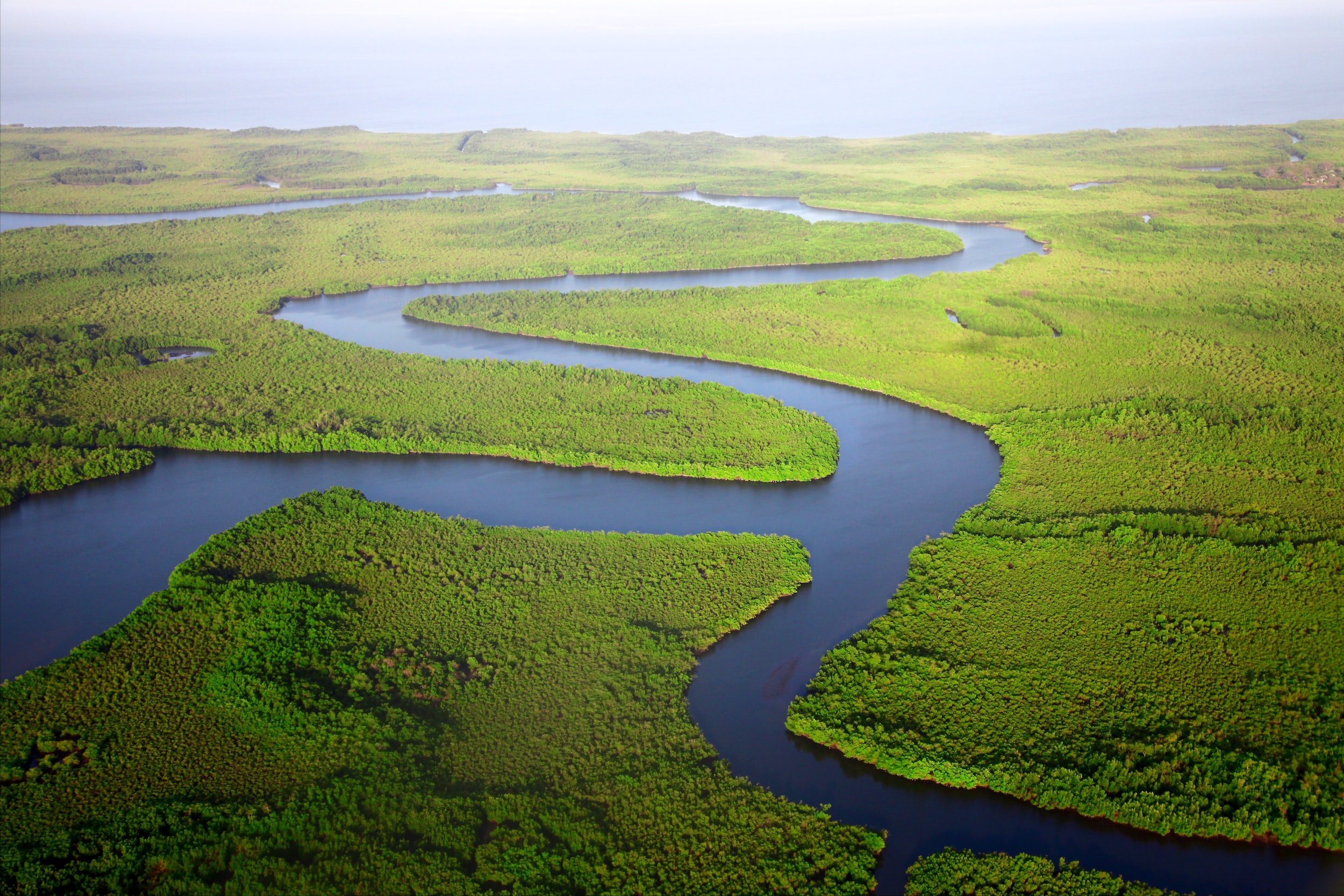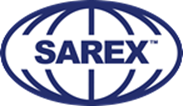
Water Treatment & Liquid Feed Streams

SRS clients will bring the liquids for recycling via vacuum truck or transports to the material acceptance mixing tanks and offloading area. The operator will attach a 3’ camlock fitting to the truck while material will be gravity fed to the tanks via 3’ hose. All material will be filtered with a 60 mesh screen to eliminate debris before passing to the acceptance mix tanks.
The debris will be manually removed and placed a dedicated roll-off container, SRS will adjust the sludge feed material in the mixing tanks utilizing water and petroleum cutter stock (if required) to provide the optimum separation of oil, treatable water, and wet cake solids. The feed material will be pumped into a heating tank and temperature of the material will be brought to 180 Fahrenheit to aid the separation of oil and water.
Below is our Dissolved Aeration Floatation (DAF) feed tank. Our device creates air bubbles that floats contaminants like; sediment, oil, and solids to the top. Once on the surface they are scrapped up and moved to another DAF before it is sampled.

Polymers and emulsion breaking chemicals will be injected into the feed stream as needed and then the heated feed stream will be pumped into the MX1500 three phase centrifuge system. The three phases being recoverable oil, treatable water, and wet cake solids destined for the MX2000 dryer.
The recoverable water will be pumped into the primary Oil/Water separator (OWS). The primary OWS water will be pumped to a Dissolved Air Flotation (DAF) feed tank. The water generated from the DAF will be pumped into a secondary OWS tank. Water from the secondary OWS tank will be pumped into a series of receiver tanks where it will be monitored for IPP water acceptance and discharge parameters. The DAF will be pumped back to the MX1500 feed tank for the oil to be recovered via MX1500.

